#lomograhy
Text


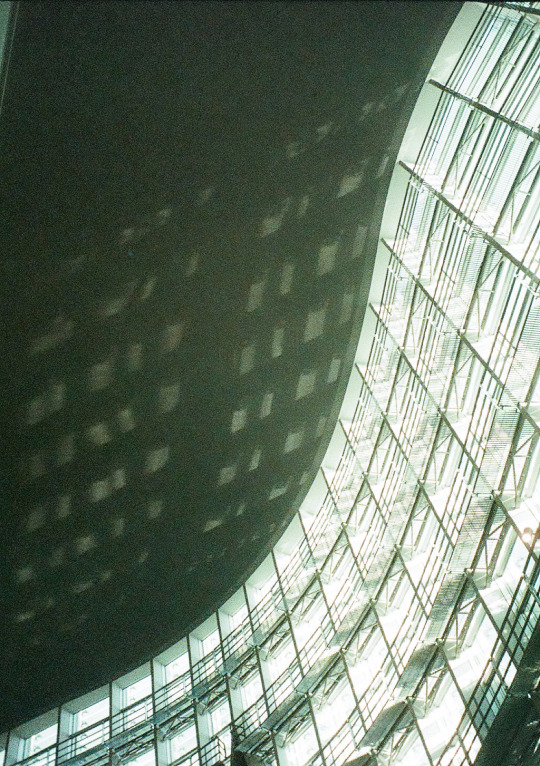

光と線と影
#film#35mm#film photography#lomography#35mm film#analog photography#expired film#lomography800#lomograhy#pen ft#olympus pen ft#halfcamera#half frame
553 notes
·
View notes
Video
youtube
「胶片日记」- 𝗪𝗵𝘆𝙁𝙞𝙡𝙢𝙨/四格相机|未知有趣刺激玩乐心|5213
1 note
·
View note
Photo

Florence, Italy - 2016
1 note
·
View note
Photo
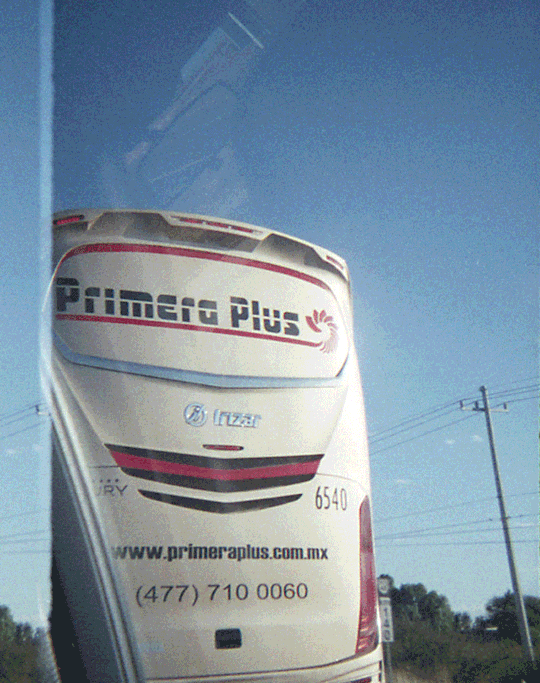
Primera Plus
0 notes
Photo

Budapest
Zenit TTL + Kodak Colorplus 200
8 notes
·
View notes
Text
5 Photography Quotes that have Inspired Me
I started writing about these quotes, but I stopped. I'd rather let these great influencers speak for themselves.
“Your first 10,000 photographs are your worst.” - Henri Cartier-Bresson
"Taking pictures is like tiptoeing into the kitchen late at night and stealing Oreo cookies.” - Diane Arbus
"There are always two people in every picture: the photographer and the viewer." - Ansel Adams
"More Megapixels, More problems." - Eric Kim
“The camera is an instrument that teaches people how to see without a camera." - Dorothea Lange
I shot all the photos in this article to Fomapan 400 on a Lubitel Universal TLR from 1980.
#photography#streetphotography#black and white#filmphotography#filmisnotdead#believeinfilm#film#mediumformat#tlr#lubitel#lomograhy#lomo
1 note
·
View note
Photo
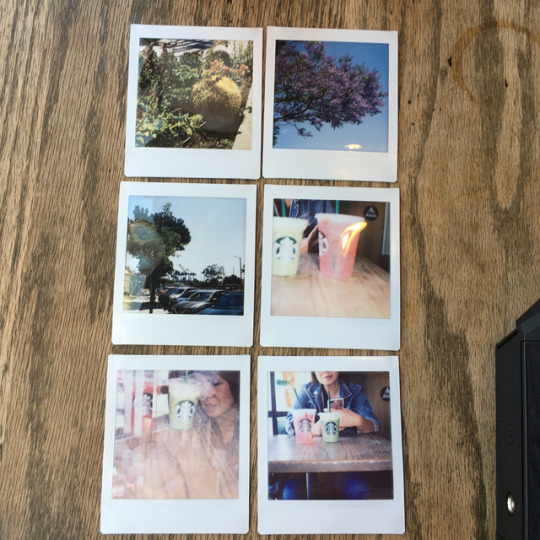
I love instant photography so much #lomoinstantsquare #lomograhy
0 notes
Video
R1-07 by Jän Toñç
Via Flickr:
Nikon FE2 Nikkor-SC 55mm F1.2 Lomograhy Cine 400
0 notes
Photo

Beijing 2018 #kodakportra800 #lomograhy #lomo #dianaF http://bit.ly/2AgivJm
0 notes
Text


#filmphotography#35mm photography#lomograhy#lomo lc a#lomography800#analog photography#multiple exposure#osaka
149 notes
·
View notes
Photo

Bath time
1 note
·
View note
Photo


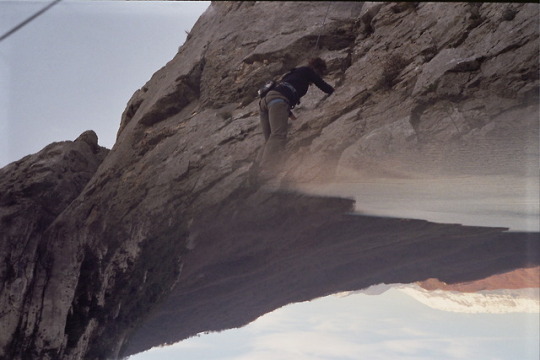
A Day on the Mountain - Smena 9 Ektar 100
2 notes
·
View notes
Text
How to Take Great Photos with a Rubbish Camera
I’ve been encouraged to write this post by some people at work. Not to blow my own trumpet, but they were saying how I get better iPhone snaps than they do, despite having the exact same handset.
My father was a very early adopter of the digital camera. When I was a kid he bought one of the first Kodak point-and-shoots that came out. It was heavy and shot just a couple of dozen photos before it’s four AA batteries died. I think it was around 1.2 megapixels? Something like that. Back then, anyone would have killed for the cameras we all have in our pockets on the back of our phones.
In comparison, in 2017, rubbish cameras don’t exist.
What has changed is what we expect from them.
I don’t want to make this post about phone cameras specifically, or about how to edit easily, those are other posts. These are just a few ideas to help you make better photographs, regardless of what you’re shooting on.
Move! Most people see something they want to shoot, lift their camera to their face, and take the picture. Most of the time the exact place you’re standing when you think you might want to take a photo isn’t the best place to shoot from. So have a look around. Try holding the camera at different heights. Turn around before shooting. Do a full 360. Ask yourself, is this the best light available? Is this the best background I can shoot the subject against? Is there anything that I can use as foreground? Is this the best way to frame the subject?
Take the photo that no one else is taking. If everyone is taking photos of the whole room, shoot a portrait. If everyone is shooting a landscape, shoot something close to you. We’ve all seen those viewing laybys on the side of the road, and everyone stops, gets out of the car, and takes the same photo trying to get as much of the scenery in as possible. Look around and do ANYTHING to make your photograph unique. Shoot between the railings. Get some height by standing on something. Wander another 100 yards down the road. Anything.
Force depth of field. When photographers say “depth of field” they’re talking about how much of the picture is in focus. These days the fashion is for the extremes, probably because the extremes usually cost money. People either want a very shallow depth of field, with just a sliver of the subject in focus (to show how expensive their lenses are) or they want a composite HDR photo where EVERYTHING is in focus and super detailed (to show off their photoshop skillz). Truth is, there’s a lot you can do to achieve this on any camera. If you want a shallow depth of field with out-of-focus background (Bokeh, in photographer-talk), use low light and shoot really close to your subject, or put something a couple of inches from the camera for a blurred foreground. To achieve a photo that’s really sharp all over shoot on auto with a lot of light – the camera’s lens will close, it’s iso will go down, and your photo will be “sharper” all round. If you’re using a camera phone, tap the sky, the rest of the photo will darken, shoot, then brighten up the photo in the edit. You’ll end up with a washed out sky, but you’ll have a lot more of the photo in focus.
Hold stuff in front of your lens. You can get great fake lens flare by shining a torch across the lens. You can get amazing hazy reflections by holding a small mirror under the lens. Try wrapping cellophane around the edges of your lens for a soft focus portrait, or colour in half of the lens with a washable felt-tip pen for a great gradient filter look. Take off a ring and hold it right next to the lens to catch the light reflected in it. Fake some foreground by picking a few blades of grass and hold them poking into the edge of the frame. There are no rules, just try holding stuff in front of the lens.
Work your subject. Never take one photo of a person. Moreover, never take a dozen identical pictures of someone from the same place with the same pose and the same background. Your subject will relax with each click of the shutter. Move closer to them, then further away. Try head on, and then from an angle. Talk to them. Tell them they look great, or if you don’t want to sound pervy, tell them the photo is going to look great. When you’ve got a dozen different photos, pick the best with your subject. Find one you both love, then delete the rest.
I asked Rachael, my wife, who happens to be a much better photographer than I am, if she had any tips of her own. She sent these over:
Turn your phone upside down: I learnt this tip over on Instagram, many years ago. If you turn your phone upside down and place it on any surface; table, sand, grass, whatever you've got to work with, it will give a lovely sense of depth to your photo and if your light is right you might just get some pretty bokeh in the foreground.
Leading lines: Simeon has mentioned framing already, but don't forget to look for lines. They are usually in abundance out and about, and can just as easily be found in nature as on the city streets. Use those lines to draw your audience's eye to your subject.
Silhouettes: To take a silhouette on a fancy dslr takes knowledge of settings and light and it's not always easy to get it right in camera. But on a phone, silhouettes are super easy as it usually does the job for you in the right light. Head out at sunset and it's not difficult to make a big impact photo.
Outfits: If you want to take amazing portraits one thing that's easier to change than your camera is what your subject is wearing. Next time you see a powerful photograph check to see what the subject is wearing. Quite often if you visualised the same photo with them in different colours or scruffy clothes it might not have the same impact. Think about colours and how it will contrast with your background, and encourage your subject to get a bit dressed up for you. Trust me, it can make a big difference.
Rachael has her own blog over at www.ourbeautifuladventure.co.uk, so make sure you visit her site and subscribe if you’ve enjoyed her contribution.
#photography#filmisnotdead#photo#35mmphotography#filmphotography#film photography#streetphotography#analogphotography#lomograhy#lomography#lomo#believeinfilm#film#buyfilmnotmegapixels 35mmindustarishootfilm filmisnotdeadcameraporn 35mmfilmf...#buyfilmnotmegapixels#35mmfilm#35mm film#ishootfilm#leica leicacamerarangefinder buyfilmnotmegapixels 35mmindustar ishootfilm fil...
0 notes
Video
park walks by Lana Mayakovskaya
0 notes
Photo


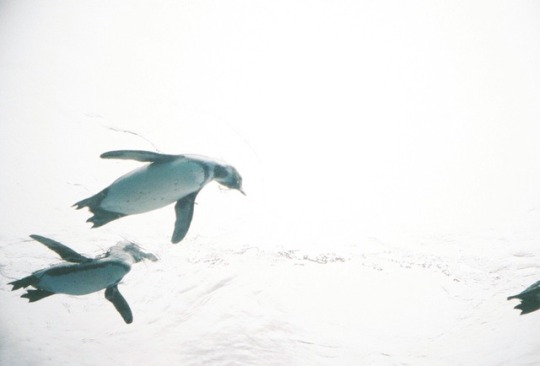
156 notes
·
View notes
